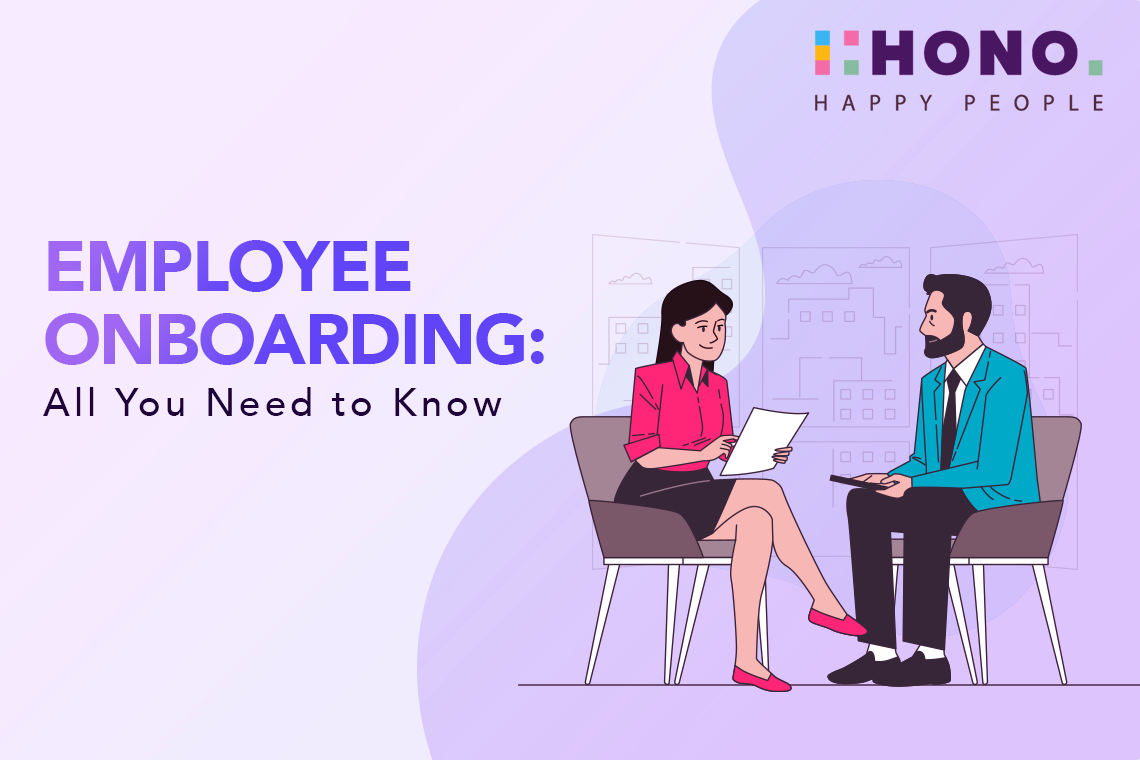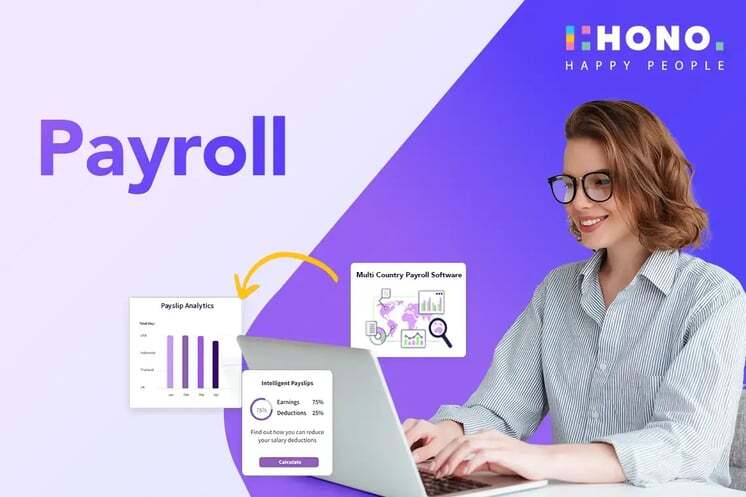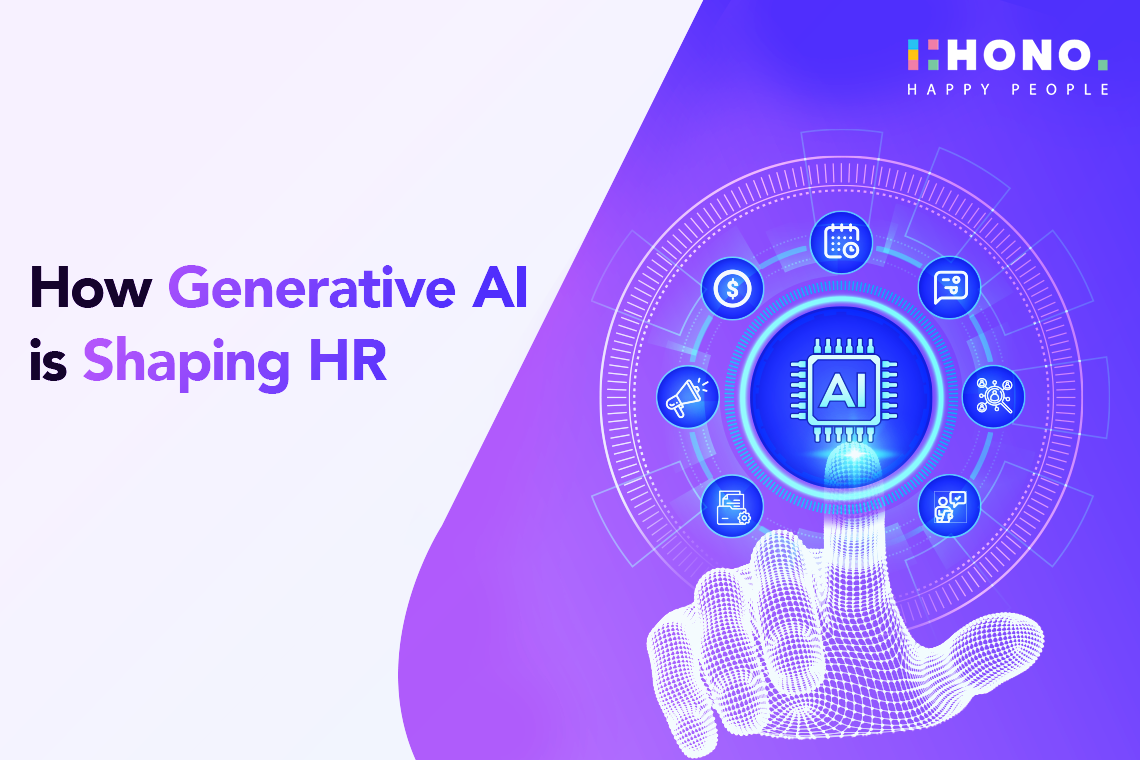In human resource management, the adoption of cloud employee onboarding software has become an important strategy for organizations aiming to enhance the efficiency of onboarding traits and promote a seamless integration process for new hires. In this blog let's get into the key features that make onboarding software an indispensable tool and learn the importance of integrating employee onboarding software in the workplace.
Exploring the Top Features of Employee Onboarding Software
4 mins

What are the Features of Cloud Onboarding Software?
User-Friendly Interface: One of the standout features of paperless onboarding software is its intuitive and user-friendly interface. This design ensures that both HR professionals and new hires can navigate the platform effortlessly, fostering a positive employee induction experience.
Cloud-Based Onboarding Software: Modern cloud software for employee onboarding leverages cloud technology for flexible access to information for both remote and on-site employees. Data is stored securely in the cloud with high-end encryption and compliance standards offering real-time data analytics and scalability. Employees can complete induction tasks from anywhere and anytime, streamlining the entire process for a more cohesive employee experience.
Workflow Automation: Intelligent Onboarding software excels in workflow automation, eliminating manual, time-consuming tasks. This feature ensures a systematic and consistent employee integration experience by automating processes such as document submission, training modules, and compliance checks.
Bulk Onboarding Features: For organizations welcoming multiple hires simultaneously, bulk features are invaluable. This functionality enables HR teams to efficiently process a large number of new hires, reducing administrative burdens and ensuring a swift and organized onboarding process.
Digital Document Management: The shift towards paperless induction is facilitated by digital document management features. Cloud software allows for the seamless creation, distribution, and management of digital documents, reducing paperwork and enhancing document security.
Customizable Induction Workflows: Tailoring induction processes to align with specific organizational needs is a crucial feature of cloud employee onboarding software. This customization ensures new hires are aligned with company culture and evolving policies, providing a personalized experience for everyone.
Task Assignment and Tracking: Next-gen induction software offers the ability to assign tasks to various stakeholders involved in the process of integrating new employees. This feature ensures accountability and transparency by allowing HR professionals to track the progress of each task, monitor onboarding traits and promote a well-coordinated induction experience.
Integration with HRIS and Other Systems: Seamless integration with Human Resource Information Systems (HRIS) and other organizational systems is key to seamless employee experience for accurate synchronization of employee data across various platforms, minimizing data discrepancies and enhancing overall operational efficiency.
Employee Feedback and Surveys: Gathering feedback from new hires is simplified with the next-gen software to integrate new hires. This feature allows organizations to assess the effectiveness of their approaches to welcome new talent, identify areas for improvement, and continuously enhance the overall experience.
Mobile Accessibility: Enabling on-the-go access to induction tasks, mobile accessibility is a vital feature. With the prevalence of remote work and the need for flexibility, the software ensures that new hires can complete tasks conveniently from their mobile devices, contributing to an adaptive process.
Related: Intelligent Onboarding Software for Employees
Importance of Integrating Employee Onboarding Software
Integrating cloud-based employee onboarding software is not merely a technological upgrade; it is a strategic move toward fostering positive and impactful workforce integration. The streamlined processes, accessibility, and automation offered by paperless procedures contribute to a more efficient and engaging induction map for new employees.
Why Should Any Organization Need Employee Onboarding Software?
The cutting-edge software elevates administrative convenience. Organizations, regardless of size, precision, and benefits of Employee Onboarding Software standardized induction process accelerated time-to-productivity for new hires, and a positive workplace culture by setting the tone for a seamless employee experience from day one.
The features of the software play an important role in mitigating complex induction tasks. From user-friendly interfaces to cloud-based accessibility and workflow automation, HONO’s employee onboarding software features are integral to creating a positive first impression for new hires and optimizing the process of adapting the new employment for organizations seeking sustained success.
Also Read: Guide to Optimizing Onboarding with Metrics for Smooth Employee Integration
.png?width=70&height=70&name=Team%20HONO%20logo-01%20(1).png)
Team HONO







.jpg)
